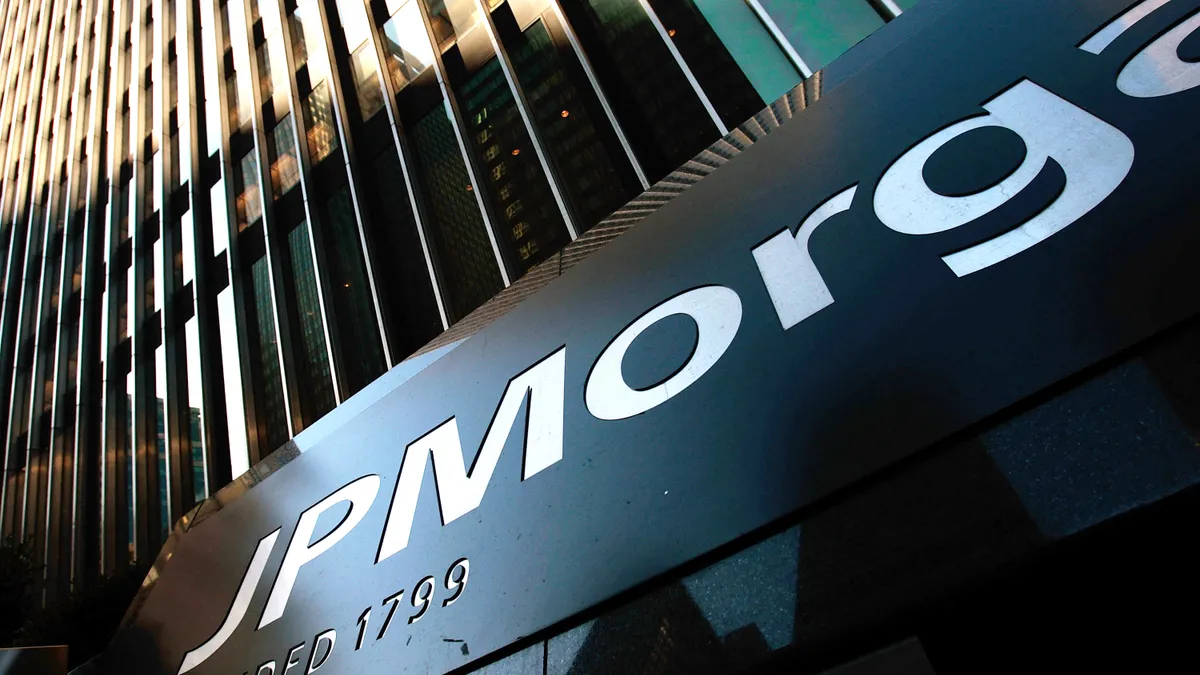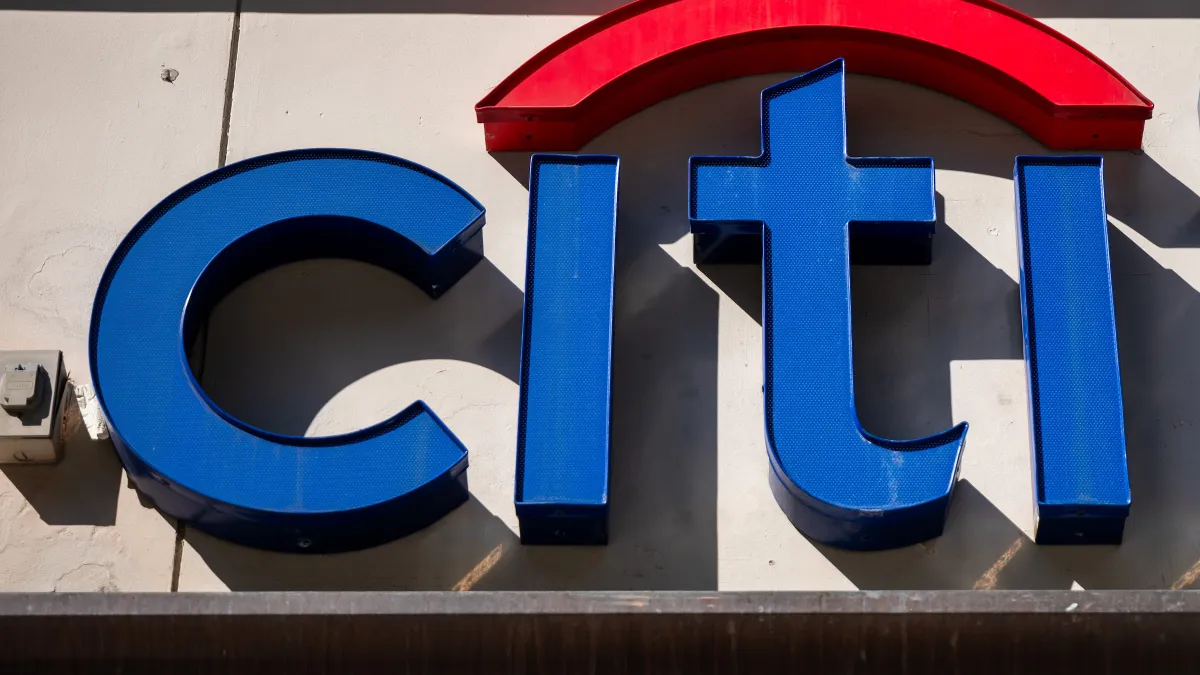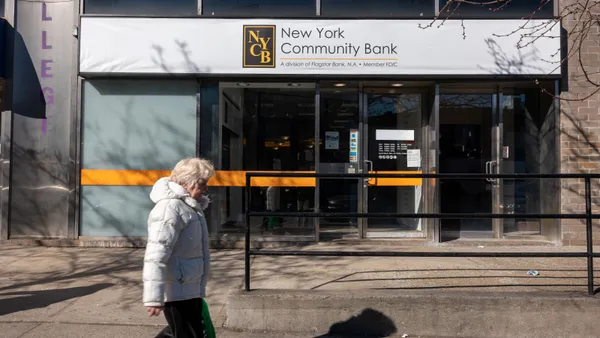Earnings reports Friday at JPMorgan Chase, Wells Fargo and Citi offered the first concrete snapshot at one of the March banking crisis’s intriguing through-lines: deposit flight from regionals to the U.S.’s largest financial institutions.
But the numbers don’t paint a black-and-white picture.
Sure, JPMorgan estimated it picked up roughly $50 billion in new deposits since the failures at Signature and Silicon Valley Bank and the subsequent wobble of confidence at select midsize banks. That offset likely would have been a downturn in deposits: Over 2023’s first quarter, JPMorgan’s deposits were up roughly $37 billion.
But deposits dropped at Citi and Wells during the same three-month span — by $36 billion at the former, and $21 billion at the latter.
The story deepens when observers consider who’s doing the depositing, and how long they stick around.
Citi saw nearly $30 billion in deposit inflows in the weeks following the bank failures — mostly from midsize businesses, CFO Mark Mason said, according to The Wall Street Journal.
But even that trend didn’t carry over to Wells and JPMorgan. Commercial-bank deposits fell 5% at JPMorgan and 2% at Wells Fargo, the Journal reported.
Beyond that, wealth-management deposits fell 3% over the quarter at JPMorgan and 15% at Wells Fargo as more well-heeled clients moved their money to products offering higher returns.
Still, at least one CFO appeared to distrust the numbers, at least in the short term.
“We saw significant new account-opening activity and meaningful deposit and money-market fund inflows,” JPMorgan CFO Jeremy Barnum said Friday, according to Bloomberg.
He tempered that by saying the bank expects some of those deposits will not stay through the year.
“We’re being realistic about the stickiness,” Barnum said. “By definition, these are somewhat flighty deposits because they just came into us. It’s prudent and appropriate for us to assume that they won’t be particularly stable.”
The deposit snapshot widened Monday as further banks reported earnings. State Street disclosed a 5% decrease in deposits over the first quarter, according to the Financial Times — showing that perhaps the size of an institution may matter less to some customers than function (read: sometimes, custody isn’t enough).
Further, State Street CFO Eric Aboaf said the bank expects another $4 billion to $5 billion in outflows on non-interest bearing deposits in the second quarter.
If observers were looking for evidence of deposit shuffling on U.S. regionals, they could find it in M&T’s earnings Monday.
Total deposits at the Buffalo, New York-based lender declined 3% from the end of 2022, according to the Financial Times.
Banks — even the biggest ones — are paying more to keep their customers. Citi paid 2.72% on interest-bearing deposits, compared with 2.10% at the end of December, according to The Wall Street Journal. JPMorgan paid 1.85%, up from 1.37%. And Wells Fargo paid 1.22%, up from 0.70%.
Another prong from the effect of the March banking crisis was expected to emerge in reserves: Namely, the banks that volunteered to infuse First Republic Bank with $30 billion last month had been planning to set aside roughly $100 million each, Bloomberg reported last week.
There was little mention of that Friday. Wells Fargo CEO Charlie Scharf told analysts the bank is “glad to have been in a strong position to help support the U.S. financial system during the recent events that impacted the banking industry.”
“Regional and community banks are an important part of our financial system and are uniquely positioned to serve their customers and communities,” he said in an apparent reference to the First Republic.
Still, JPMorgan, Wells and Citi each braced for losses nonetheless. Wells Fargo boosted its reserves by $643 million in case of trouble with commercial real estate. JPMorgan set aside roughly $2.3 billion to offset potential loan losses, The New York Times reported. And Citi more than doubled its reserve, setting aside $2 billion, according to Bloomberg.
But JPMorgan, for one, saw a 52% increase in profit year over year. Net interest income — a measure of what a bank makes on loans, less what it pays depositors — was up 49% at JPMorgan, 45% at Wells Fargo, and 23% at Citi, The Wall Street Journal reported.
“Goliath is really really winning,” Wells Fargo analyst Mike Mayo told clients, according to Bloomberg. “There is no evidence of a banking crisis except that it seems that JPM has been a port in the storm.”














